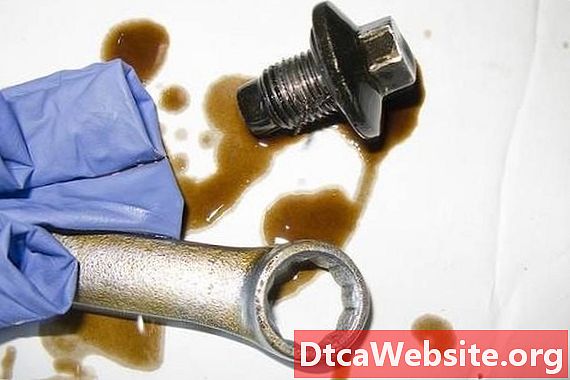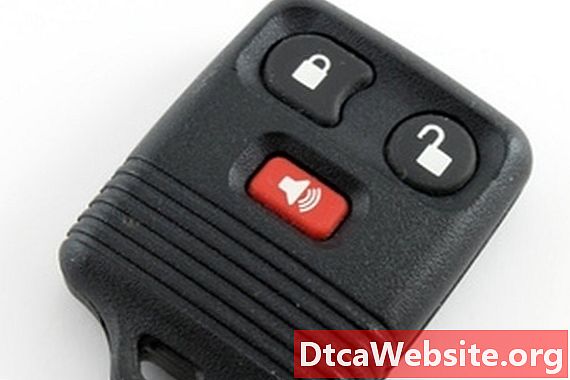
Contenu

The 2005 Dodge Neon uses 11 different sensors, according to Snap-Ons Vantage diagnostic computer. All the sensors feed information to the computer or to make adjustments to the engine for the 2005 Neons fuel injection system. If any one of the sensors malfunctions, the vehicle will either run poorly or fail to run at all. Youll need a diagnostic computer to determine which sensor is malfunctioning, as you cannot detect a problem with an electrical part unless a wire on the outside of the part is broken.
Step 1
Locate the engine coolant temperature sensor on the rear of the cylinder head, close to the camshaft position (CMP) sensor --- also located on the rear of the cylinder head. The crankshaft position (CKP) sensor, which sits on the firewall side of the engine block near the front of the engine, works in conjunction with the camshaft sensor to tell the computer when the engine reaches top dead center.
Step 2
Look for the idle air control (IAC) motor on the throttle body. While technically not a sensor, those diagnosing engine problems treat it as a sensor. It does not information to the computer, however; the computer s information garnered from other sensors to the IAC motor so it can properly adjust the idle when you place a load, such as running the air compressor, on the engine. The throttle position sensor, also located on the throttle body, tells the computer the location of the throttle so it can more or less fuel as needed.
Step 3
Locate the inlet air temperature (IAT) sensor on the air duct for the air box. It measures the temperature of the outside air.
Step 4
Find the knock sensor near the front of the starter, on the engine block. This sensor tells the computer about the vibrations inside the engine and allows the computer to adjust the mixture to prevent pinging.
Step 5
Locate the manifold absolute pressure (MAP) sensor on front of the intake manifold plenum. This sensor tells the computer the barometric pressure in the air --- or the thickness of the air entering the engine.
Step 6
Find the two oxygen sensors in the exhaust---one just before the catalytic converter and the other just after the converter. Both a signal to the computer that tells it how much unburned air the exhaust contains. If the two signals are identical, the converter is not working and the computer will turn on the "Check Engine" light. The reading from the sensor behind the converter should be much lower than the reading from the sensor in front of the converter.
Step 7
Locate the vacuum solenoid near the throttle body on the intake manifold. Another sensor that receives information from the computer instead of ing, the vacuum solenoid blocks the vacuum passage when required.
Find the vehicle speed sensor (VSS) on the transmission. This sensor tells the computer how fast the transmission is turning and dictates computerized shift points.
Items you will need
- Diagnostic computer


